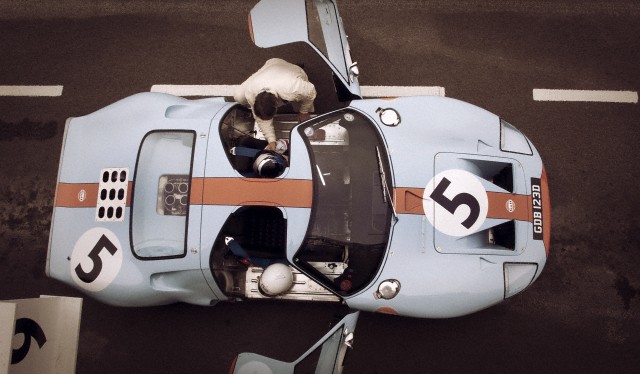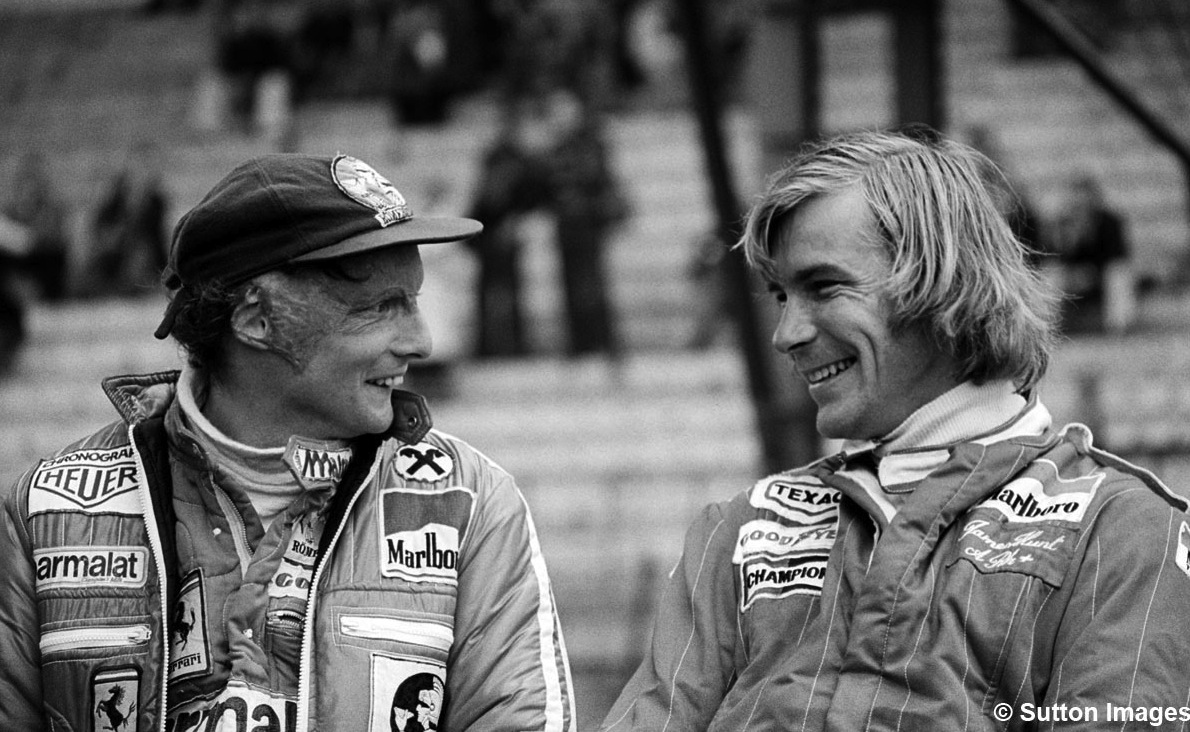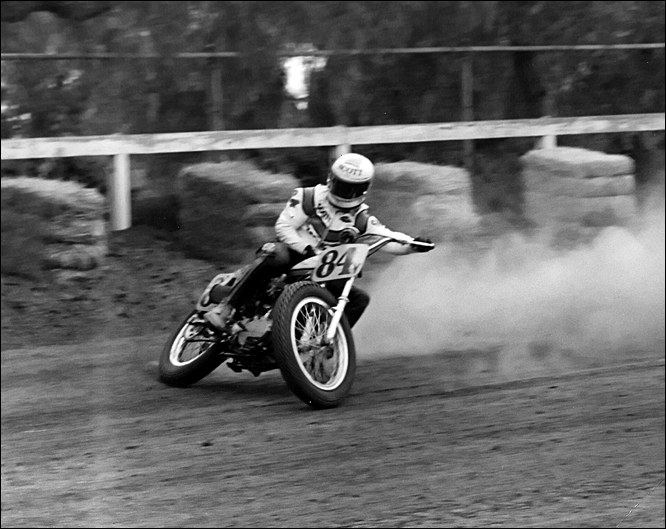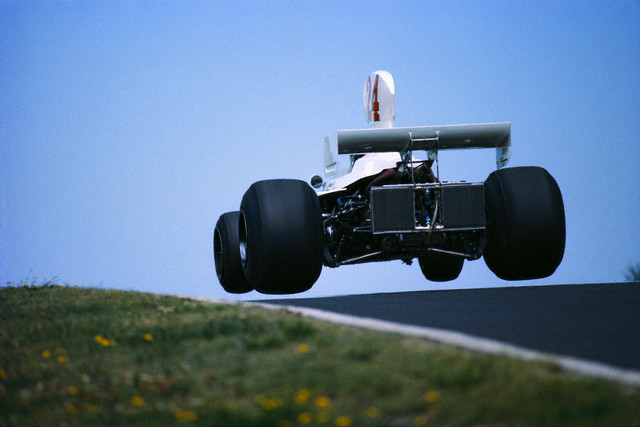*
When Henry Ford II’s quest to buy Ferrari back in 1963 was spitefully squelched by Enzo, the mandate was given to, “Kick Ferrari’s ass.” And not just anywhere– at Le Mans, the world stage of auto racing. The ass-kicking would finally come in the beautiful & brutish form of the iconic Ford GT40–America’s most incredible racecar ever.
Originally developed in England by Ford Advanced Vehicles Ltd under the direction of Aston Martin’s former team manager, John Wyer, the GT40 failed at Le Mans in ’64 & ’65, as Ferrari finished 1-2-3 both years. With failure no longer an option for anyone who wished to remain employed by Ford, Carroll Shelby was tapped to give the GT40 the necessary bite to beat the Italians. Shelby’s success at Le Mans in his own Cobras, and again with the GT40, was not about technology, but by being crafty. He replaced the 289 c.i. GT40 engine with the same powerful, big block 427 c.i. V-8 that powered his Cobras. The lower revving, larger displacement V-8’s were more able to take the stress of long endurance races than the higher-revving, small displacement engines used by Ferrari.
Shelby not only ended Ferrari’s racing dominance, he exacted sweet revenge for Enzo’s snub– and garnered Ford a remarkable four-year winning streak from 1966 – 1969.
*

Two massive American automotive legends — Carroll Shelby and the iconic Ford GT40. Originally labeled GT, ’40’ was added due to its incredibly low 40-inch stance.
*
*

West Sussez, England — A Carroll Shelby masterpiece, 1960s JW Automotive/American Gulf Oil-sponsored Ford GT40 racecar at the Goodwood race track — Image by © Martyn Goddard/Corbis
*
*

1969 Carroll Shelby / Ford GT40 MK 1 racecar (JW Automotive/American Gulf Oil-sponsored) with body panels removed. This Ford GT P/1075 is one of the few racecars to ever win the 24 Hours of Le Mans back to back– here pictured as #6. — Image by © Martyn Goddard/Corbis
*
Continue reading →




















